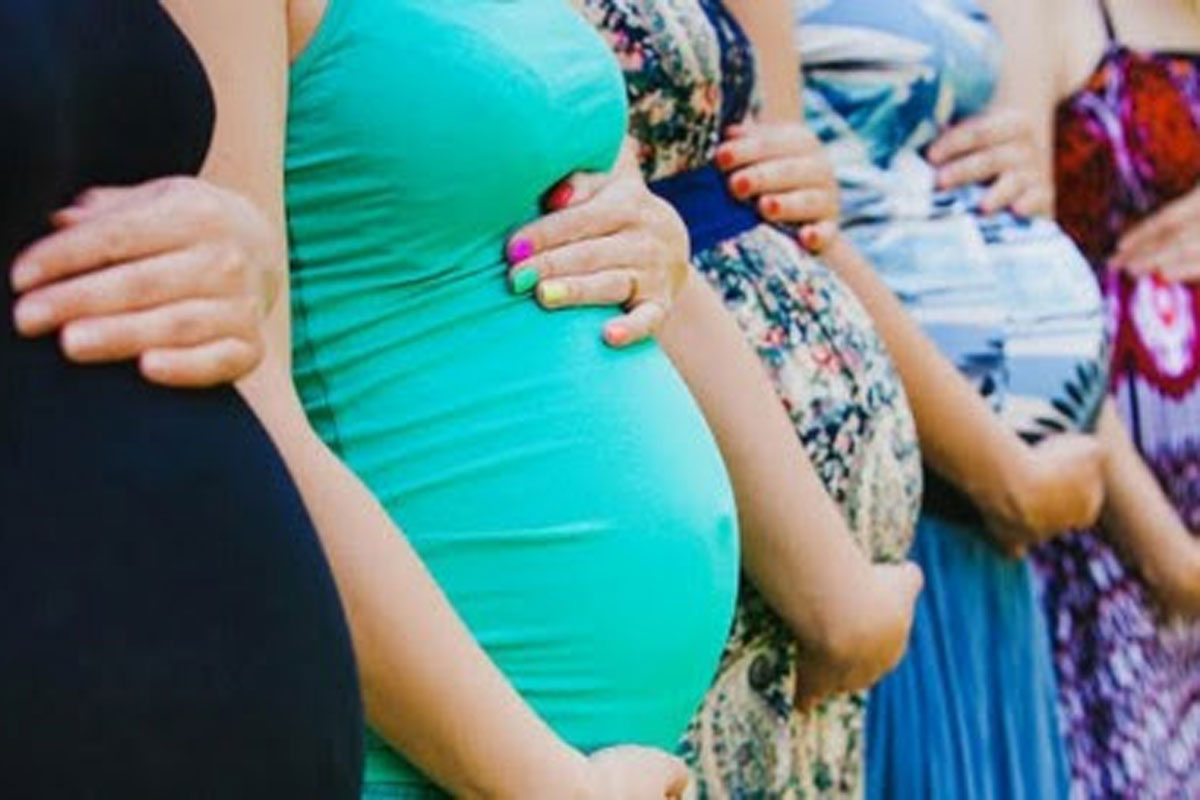 Photo courtesy of Commission on Population and Development
Photo courtesy of Commission on Population and Development
CPD: Drop in PH fertility rate presents economic opportunities
THE drop in fertility rate below the replacement level at this time presents economic opportunities in the Philippines by increasing the working-age population, which would support the dependent population, an official of the Commission on Population and Development (CPD) said on Friday.
In a Bagong Pilipinas Ngayon interview over PTV 4, acting Division Chief of the CPD’s Knowledge Management and Communication Division Mylin Mirasol Quiray said the total fertility rate in the Philippines stands at 1.5 children per woman, which is below the replacement level of 2.1 children, at which women give birth to babies just enough to keep the population stable.
However, she said, the decline in fertility rate still presents economic opportunities.
“It is an opportunity for us na iyong working age po mas marami sa population. What does that mean? Ibig sabihin kapag may working age, 15 to 64 mas marami po iyong magsu-support sa dependent population(that people of working age comprise a relatively large portion of the population. What does that mean? That means if there are more people of working age, aged 15 to 64, more people would support the dependent population, which are those aged 0 to 14 and subsequently 65 and over),” Quiray said.
She added that with the declining dependency ratio and a bigger workforce, the country might reap the economic benefits of the demographic dividend.
“Makakatulong sa ating ekonomiya kasi demographic dividend pa rin naman ang ating end goal, which is mas maraming working age population of 15 to 64 na nagsu-support ng dependent population (This would be helpful to our economy because achieving the demographic dividend is still our end goal, which is having a larger working age population of 15 to 64 to support our dependent population),” Quiray said.
She also pointed out that the country’s working-age population is at 63.5 percent, while the aging population is at 5 percent, which is less than the 7 percent threshold required to qualify as an aging society.
Quiray also cited Philippine Statistics Authority (PSA) data showing a decline in the total registered live births during the pandemic from 1.5 million babies born in 2020 to 1.3 million babies in 2021.
She, however, noted that the number of live births increased to 1.4 million in 2022 after the pandemic restrictions were relaxed.
Citing a CPD-commissioned study, she attributed the fertility decline to the couples’ economic uncertainties during the pandemic.
“According to our research, it’s surprising na (that) the pandemic was not top of mind for the people of the Philippines – actually, more on economic talaga iyong naging concern pala nila (their concern was mainly economic) at that time – the lack of employment, opportunities and then economic shock that the pandemic has wrought,” Quiray said.
The CPD study also showed that the decision of couples not to have children during the pandemic increased the acceptability of modern family planning methods.
Quiray said pills, ligation or female sterilization, and injectables are still the most preferred methods.
“Tumataas din naman po iyong family planning method used sa Philippines, it’s just that kailangan ma-ensure na modern family planning method ang kanilang ginagawa hindi po ang traditional, which is withdrawal or rhythm or calendar method,” she said. By Filane Mikee Cervantes, Philippine News Agency




















